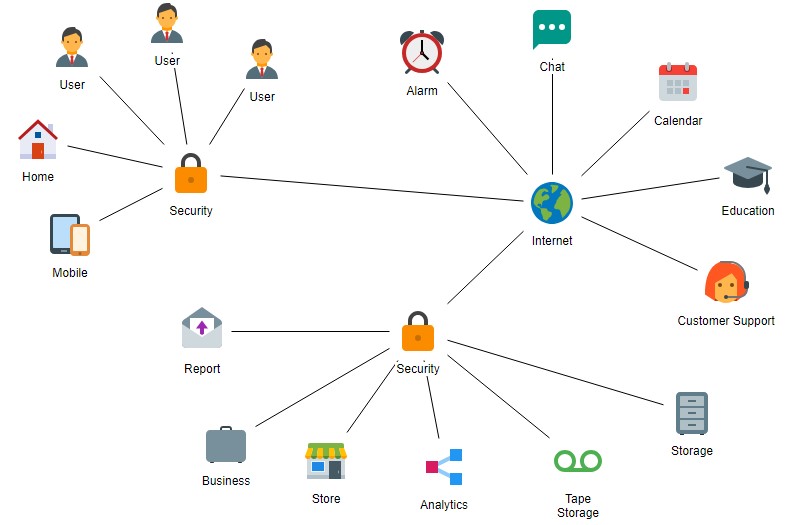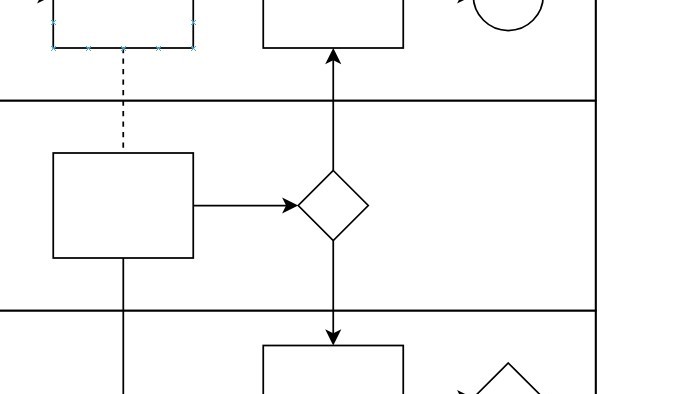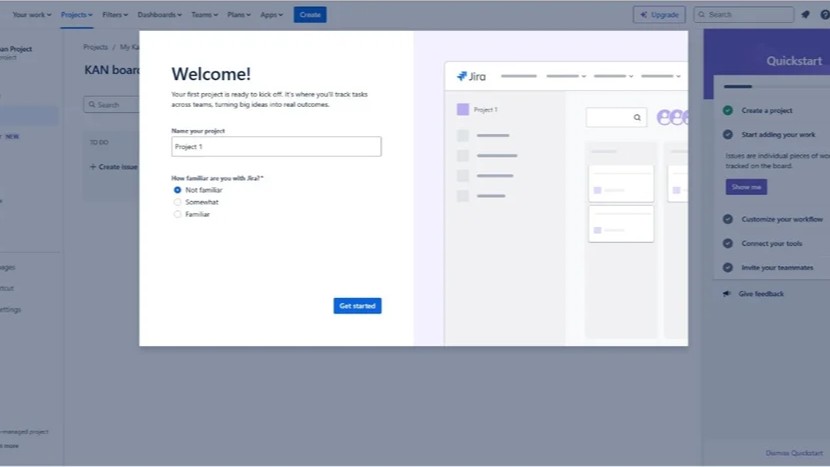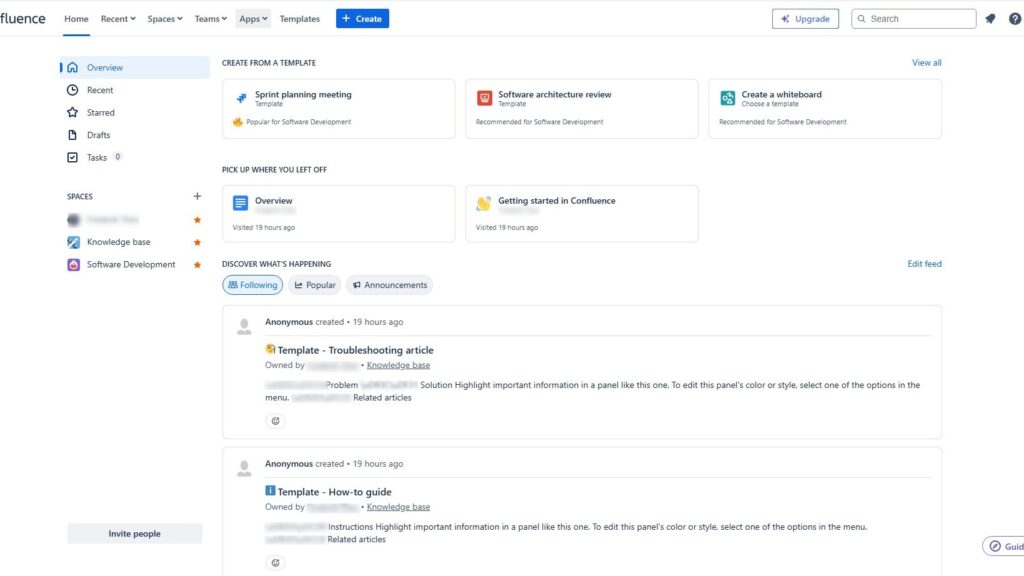As a requirements engineer and IT business analyst, I’ve often asked myself, what is context modeling and why does it matter so much? In essence, context modeling is about understanding the environment in which a system operates. It identifies external systems, interfaces, and human roles that interact with the system under development. When dealing with complex or critical projects, defining this context becomes vital for ensuring proper integration, clarity, and alignment across all stakeholders.
What is Requirements Modeling
Requirements modeling is the structured representation of what a system must achieve and how it interacts with its environment. In requirements engineering and IT business analysis, it transforms stakeholder needs into clear, analyzable, and testable models. By visualizing processes, data, and interactions, I can identify gaps, dependencies, and conflicts early. This modeling approach ensures that both business objectives and technical solutions align, reducing misunderstandings and supporting effective system development.

Why Context Matters
Imagine developing a new software application. You need to know who will use it and which other systems it will interact with. For instance, when creating a hospital management system, you must understand how it connects with existing patient databases, lab systems, and staff roles. Similarly, think of designing a smart home device. You need to consider how it communicates with other smart devices and the people using it.
Understanding context ensures the proper definition of the system’s interfaces. It helps in pinpointing how the new system fits within the existing operational environment. Moreover, documenting this context is crucial. The more intricate and critical the system, the more essential it is to have detailed documentation.
Defining the Scope
In requirements engineering, defining the scope is key. We need to specify the system boundaries clearly. Thus, to do this effectively, we must investigate and document the context. For instance, in a banking system, it’s vital to know which roles interact with it, like tellers, customers, and backend staff. Additionally, we need to identify related systems such as ATMs, online banking platforms, and security modules. Understanding these connections helps in crafting a robust interface between the new system and its environment.
Creating Interfaces
Context modeling aids in creating interfaces between systems and their users. For example, consider an e-commerce platform. It must interact seamlessly with payment gateways, inventory management systems, and user accounts. Hence, knowing these interactions helps in designing interfaces that ensure smooth operations. Also, it’s important to document the properties of external systems that affect the new system. This includes understanding their functions and qualities.
Documenting the Context
Documenting the system context is distinct from other perspectives. While other aspects focus on the system’s necessary properties, the context view captures external factors. For instance, in a traffic management system, the context view would include data from external sensors, traffic lights, and user inputs from mobile apps. In this casae the documentation helps in defining how the new system interfaces with these external elements.
In conclusion, context modeling is a significant part of requirements engineering. It helps in understanding and documenting the environment in which a system operates. By defining the scope, creating interfaces, and documenting the context, we ensure that the system integrates well with its surroundings. So, next time you embark on a development project, remember the importance of context modeling.
Conclusions
Context modeling plays a central role in creating systems that truly fit their environments. It connects the dots between the system, its users, and the external elements it interacts with. Without understanding context, even the best-designed requirements models risk missing crucial dependencies or communication paths. By combining context modeling with structured requirements modeling, I can ensure that every interface, role, and external influence is captured with precision. This integrated approach not only strengthens system design but also improves collaboration and reduces project risks. Ultimately, context modeling turns complexity into clarity — the foundation for building systems that work seamlessly in the real world.
What’s Next?!
Now that you understand what context modeling is and why it matters, it’s time to explore the next layer of system understanding. Requirements modeling doesn’t stop at defining boundaries — it dives deeper into how information flows, changes, and maintains quality within a system. Curious to see how these aspects connect? Continue with my next article, “Information Structure, Dynamics, Quality, and Constraints Views in Requirements Modeling,” and uncover how these views complete the bigger picture.
This article covers concepts that are also included in the CPRE certification syllabus.
| Read more about Confluence and How to |
|---|
| Use shortcuts in Confluence Assign a task in Confluence Create a Confluence space from a template Delete a Page in Confluence Create a Confluence page |




